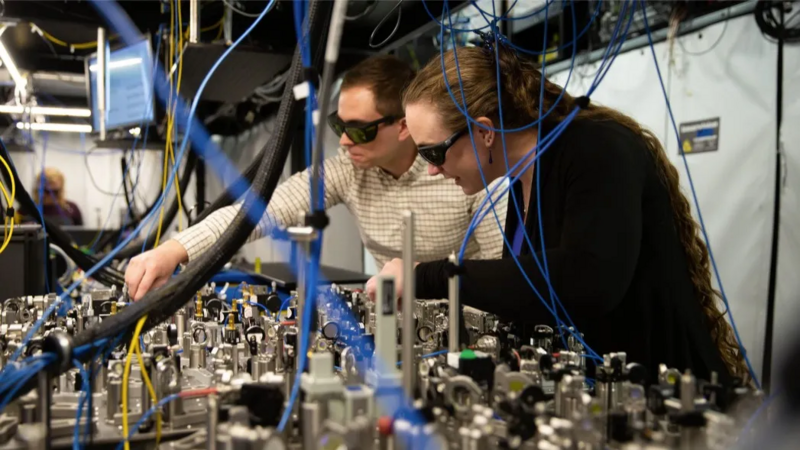There’s been a big leap forward in making a potentially revolutionary technology less accident-prone.
What happened: Microsoft and quantum computing company Quantinuum say they have created a system that could run over 14,000 quantum computing experiments without a single error, a big step towards overcoming the biggest hurdle holding the technology back.
Catch-up: The key was taking 30 qubits — the basic unit of information in quantum computers — and combining them to create four “logical” qubits. Tying a bunch of qubits together lets them check each other’s work, stopping errors before they can happen.
- The binary bits inside your computer can be either a “1” or “0,” but qubits can be both and several states in between. This lets them process a ton of info simultaneously, but it also creates many errors.
- How fast does that make quantum computers, exactly? One designed by Google last year did what would have taken a supercomputer 47 years to complete in just a few seconds.
Why it matters: It has been theorized that it could take over a million qubits to reduce a quantum computer’s errors enough to make them viable. But Microsoft claims a computer with 100 of its logical qubits could reliably solve problems, and one with 1,000 would be commercially useful.
- Microsoft believed that just adding more error-prone qubits would create more problems, so focusing on higher-quality qubits was the best path to error correction.
Zoom out: Other error-correction efforts are also starting to pay off. In February, Québec’s Nord Quantique showed error correction with a single qubit by building it in a specific shape. Last week, IBM published a paper on a coding approach that made error correction roughly 10 times more efficient than other methods.
